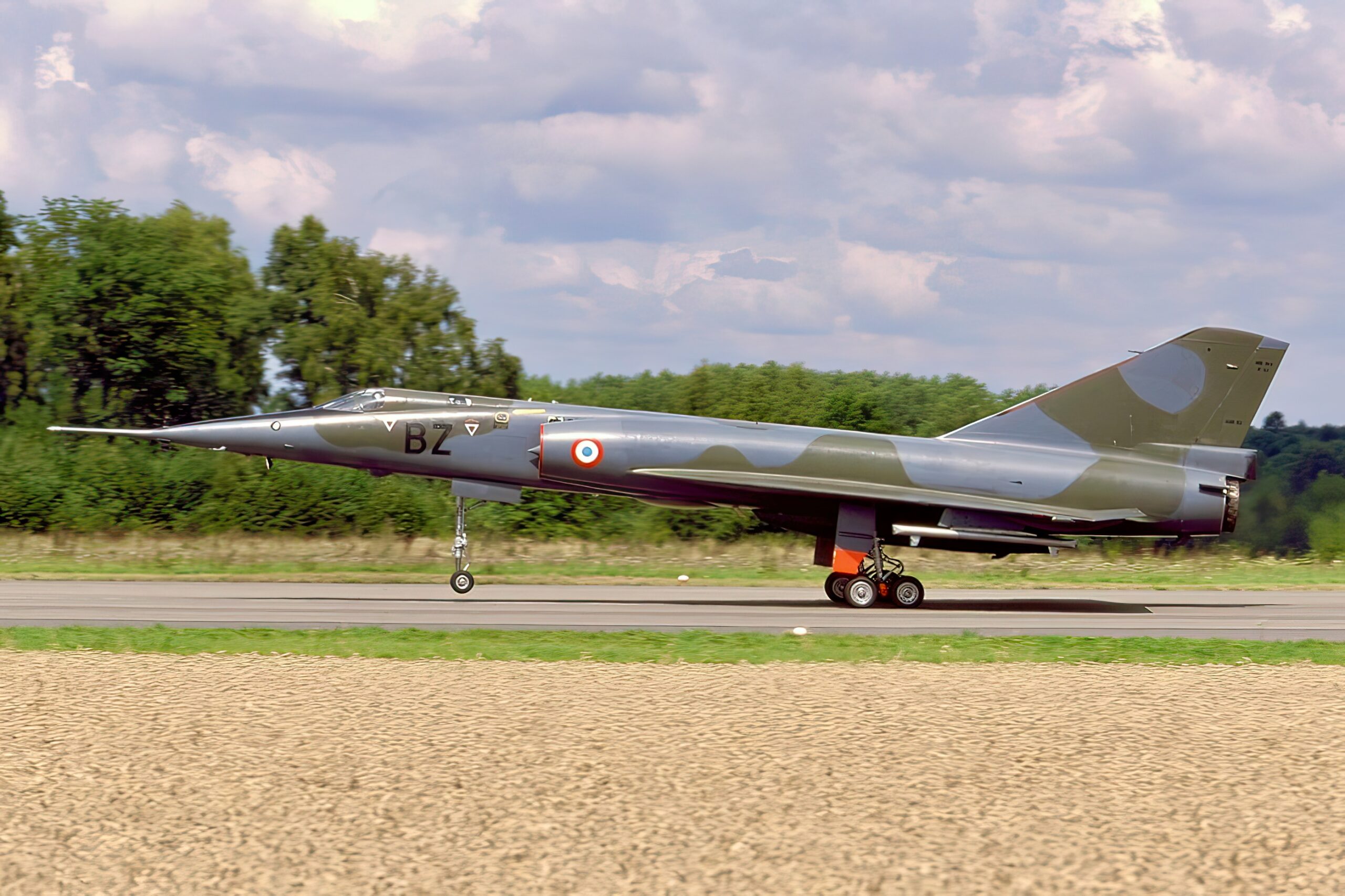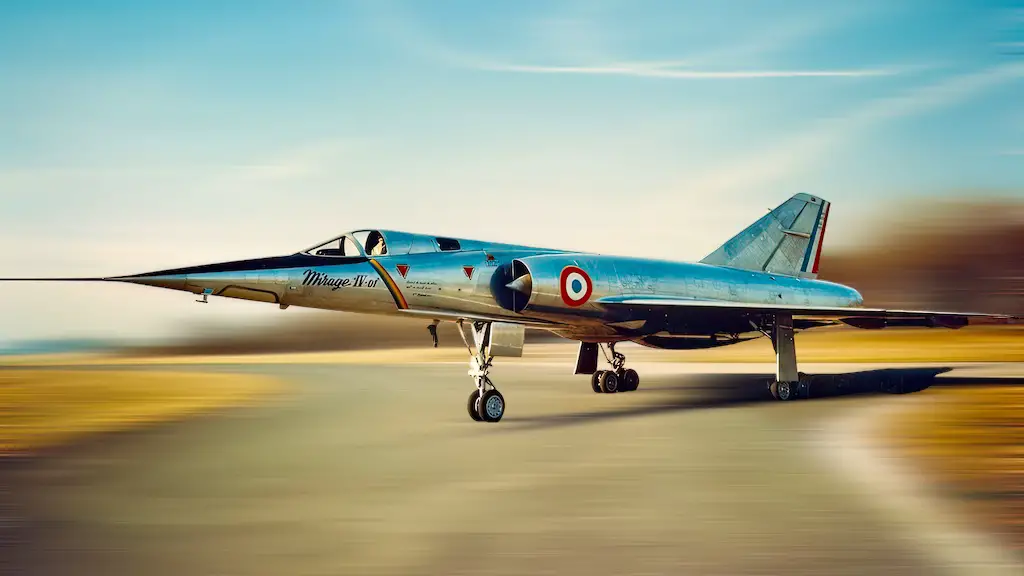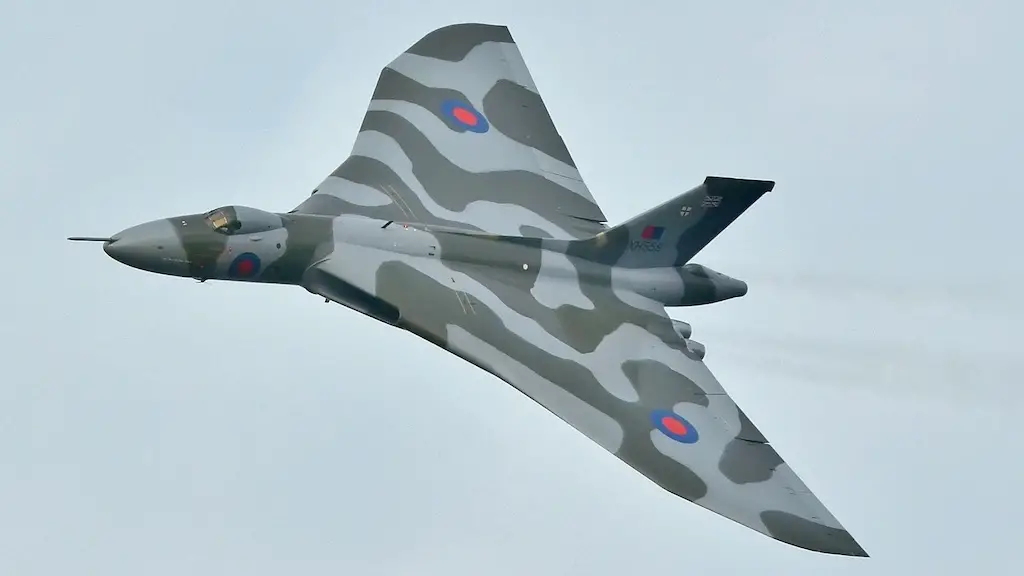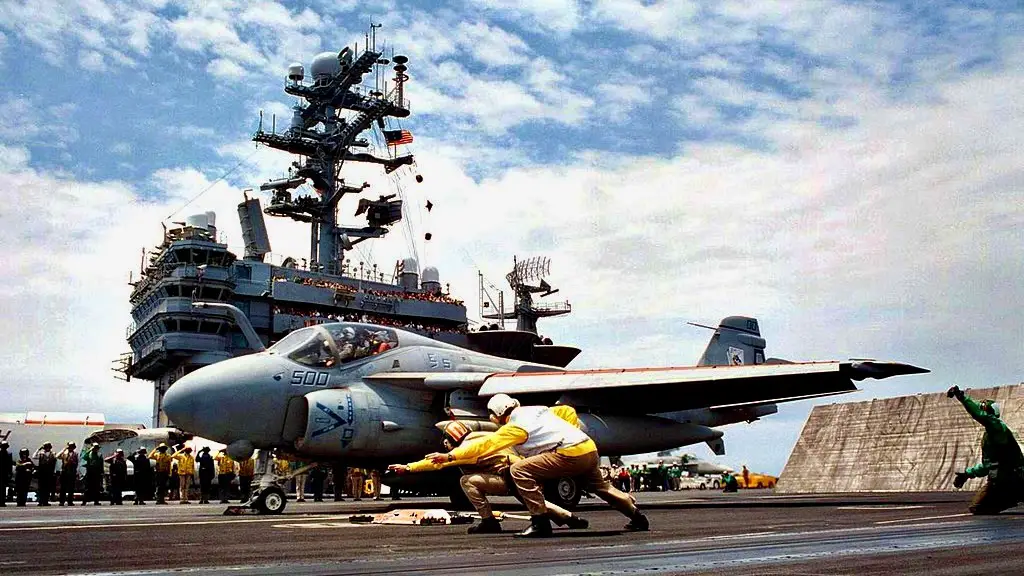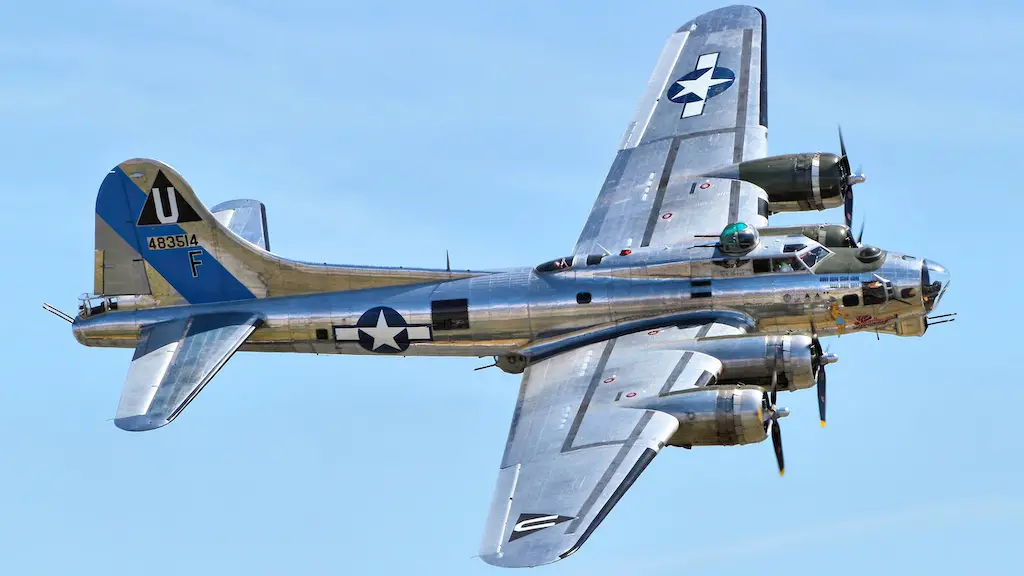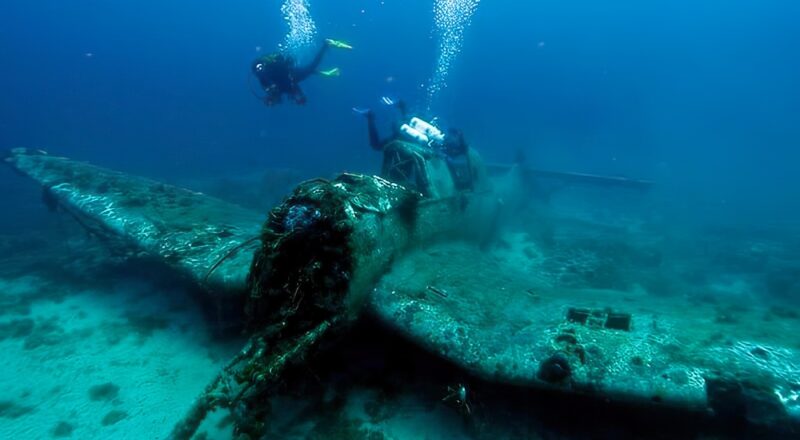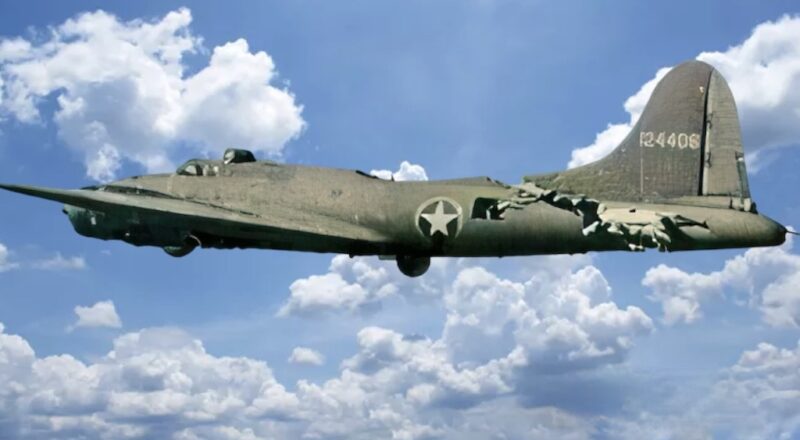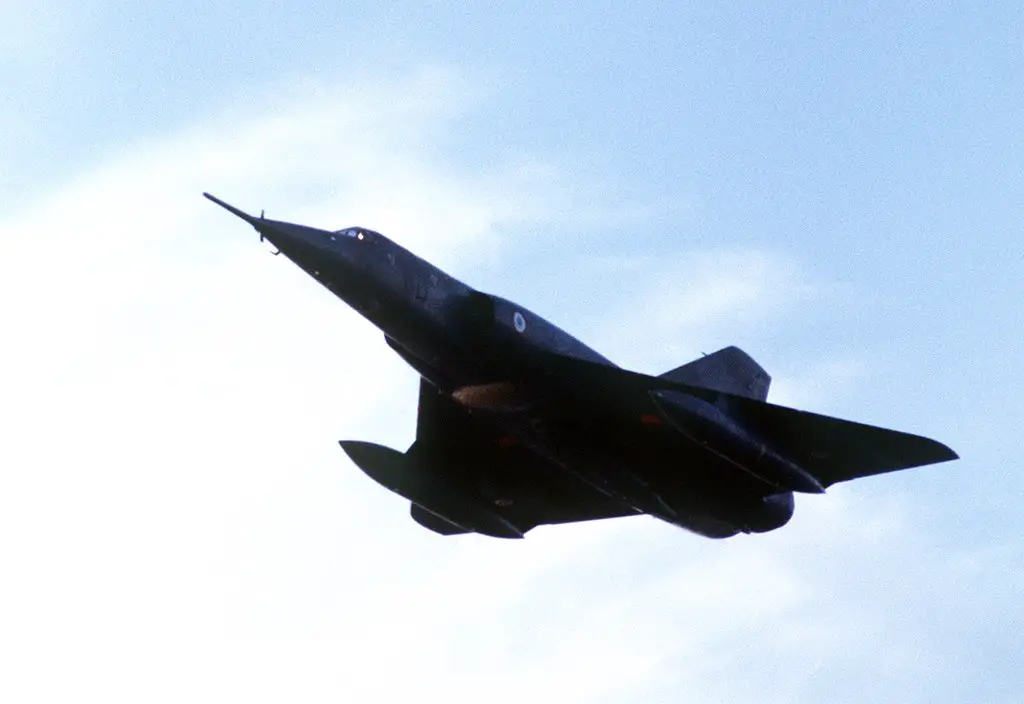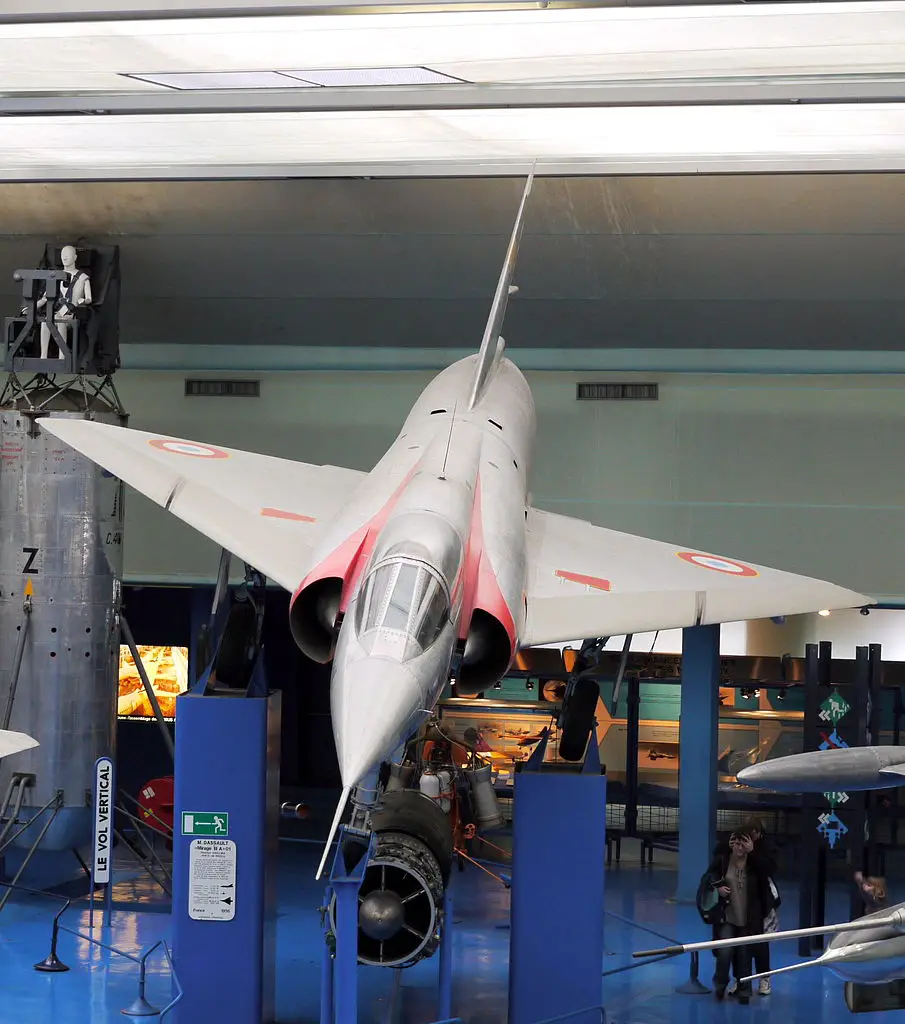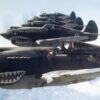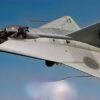The Dassault Mirage IVs story starts in post-World War II France. With a need for a supersonic bomber to strengthen its nuclear deterrent, the French government approached the Dassault Aviation Company. Already renowned for the Mirage III fighter jet, the company accepted the challenge and launched an ambitious project to create a formidable aircraft.
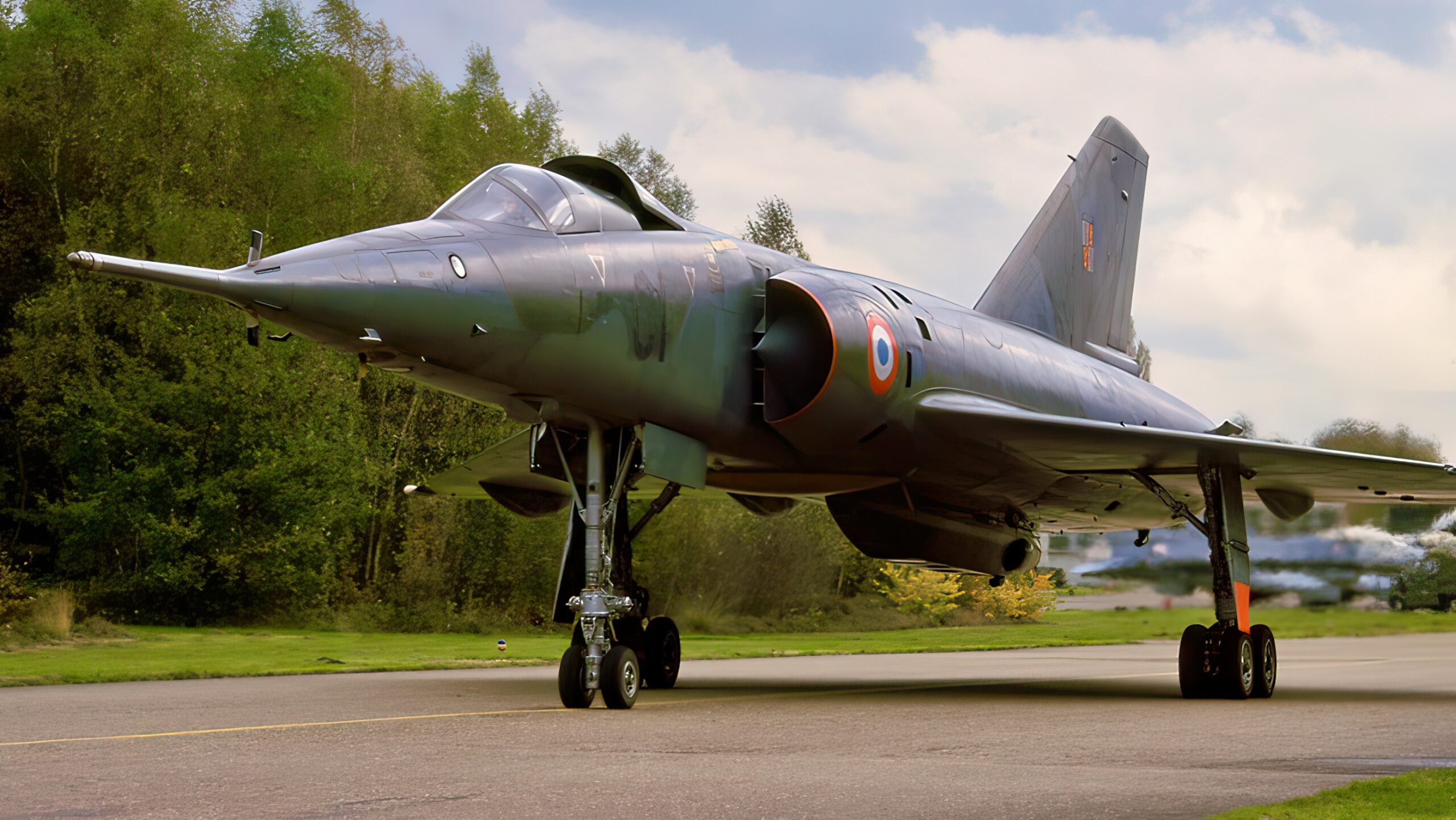
Designing the Legend
The development of the Mirage IV began in the late 1950s as Marcel Dassault decided to base the new aircraft on the successful Mirage III design. The main differences included a larger fuselage, a more powerful engine, and the ability to carry a nuclear payload. This design process was complex, involving significant research and testing. The maiden flight took place on June 17, 1959, and by 1964, the Mirage IV had become fully operational within the French Air Force.
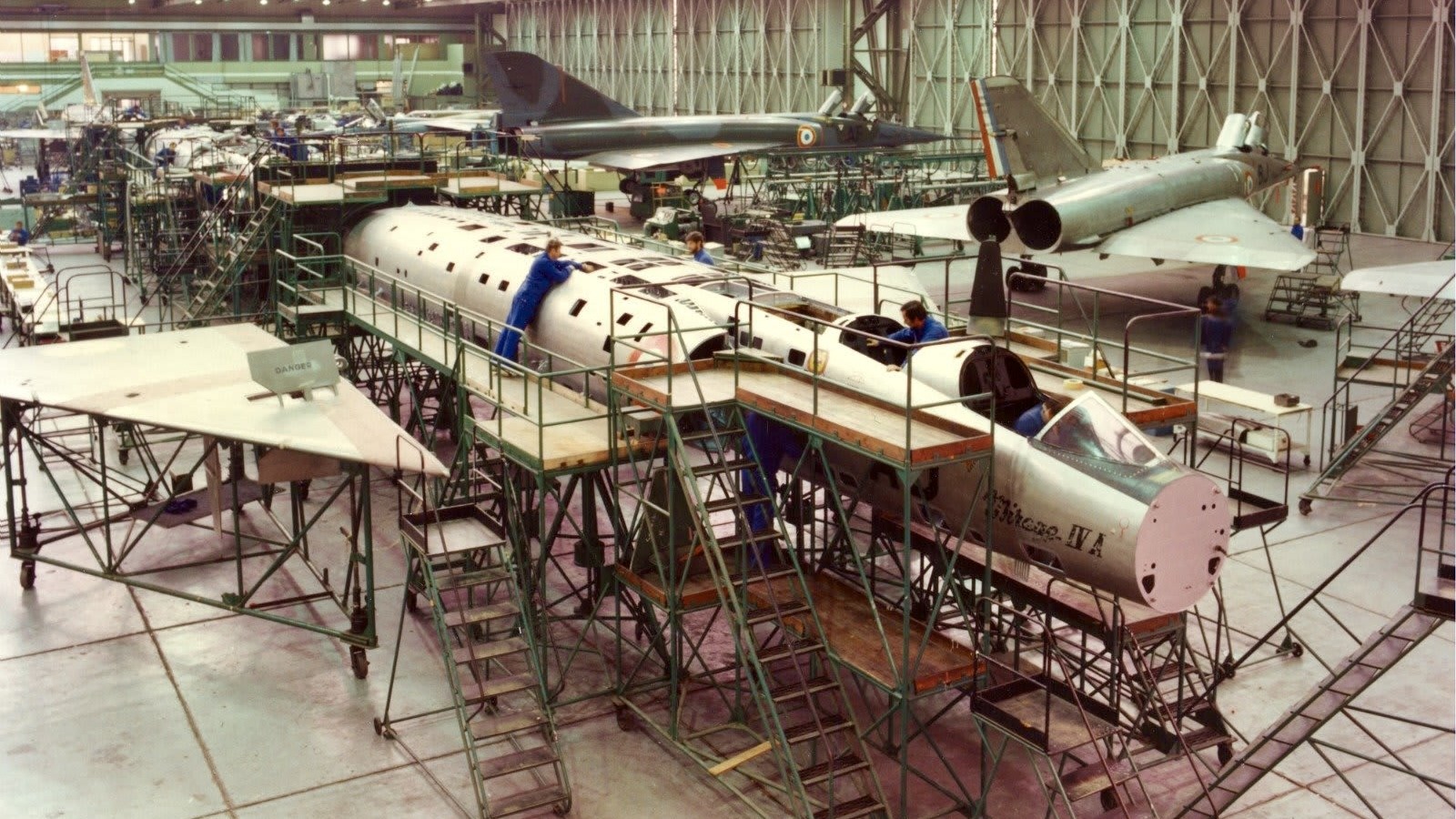
Going Nuclear
The primary role of the Mirage IV was that of a strategic bomber, carrying nuclear weapons as part of France’s nuclear deterrence strategy. The aircraft was equipped with either the AN-11 or AN-22 nuclear bombs, which could be delivered via free-fall or a parachute-retarded air burst. The Mirage IV could also be fitted with the ASMP stand-off missile, which increased the jet’s strike range and allowed it to penetrate enemy airspace with a greater chance of success. This capability made the Mirage IV a critical component of France’s nuclear triad.
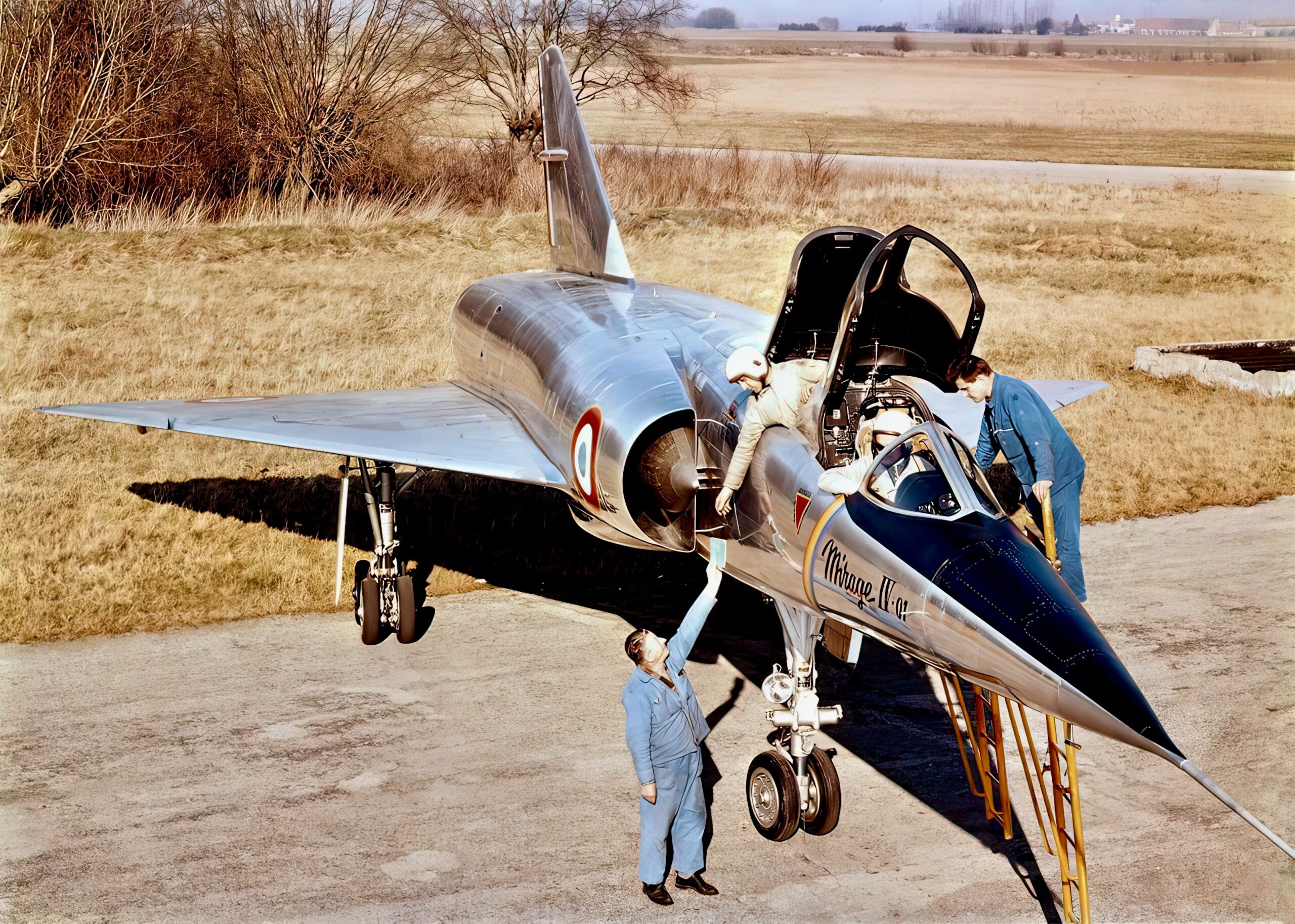
Mach Marvel
One of the most impressive aspects of the Mirage IV was its ability to reach speeds of over Mach 2, or twice the speed of sound. This made the aircraft one of the fastest bombers in the world, able to outrun most fighter jets of the time. The Snecma Atar 9K-50 turbojet engine provided the necessary power, with a thrust of 7,000 kg. Its sleek delta wing design allowed for impressive maneuverability, and the range of 2,420 km meant it could reach distant targets with relative ease. This speed and agility distinguished the Mirage IV from its contemporaries.
Operational Excellence
Throughout its service, the Mirage IV participated in various missions and exercises, proving its capabilities as a strategic bomber. The aircraft often played a role in joint exercises with NATO allies, as France sought to showcase its advanced aviation technology. The Mirage IV also participated in the 1986 Libyan bombing campaign, where it provided valuable reconnaissance information. These operational successes cemented the Mirage IV’s reputation as a reliable and effective aircraft.
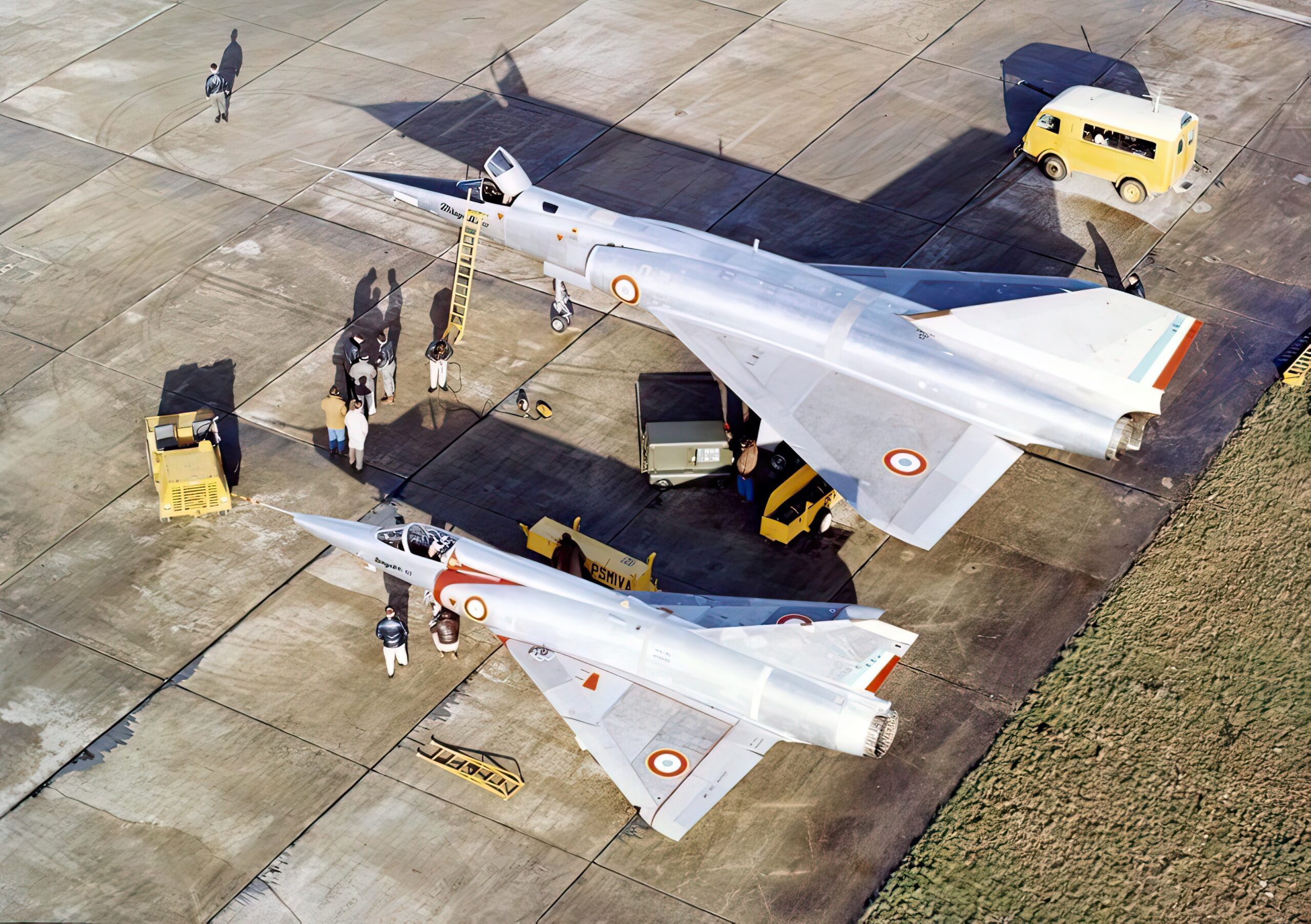
The Twilight Years
By the 1990s, the Mirage IV was beginning to show its age. Advances in technology and the emergence of new-generation aircraft meant that the once cutting-edge bomber was now overshadowed. As a result, the French government decided to retire the Mirage IV from its nuclear strike role in 1996. The aircraft continued to serve in a reconnaissance role until its final retirement in 2005, demonstrating its adaptability.
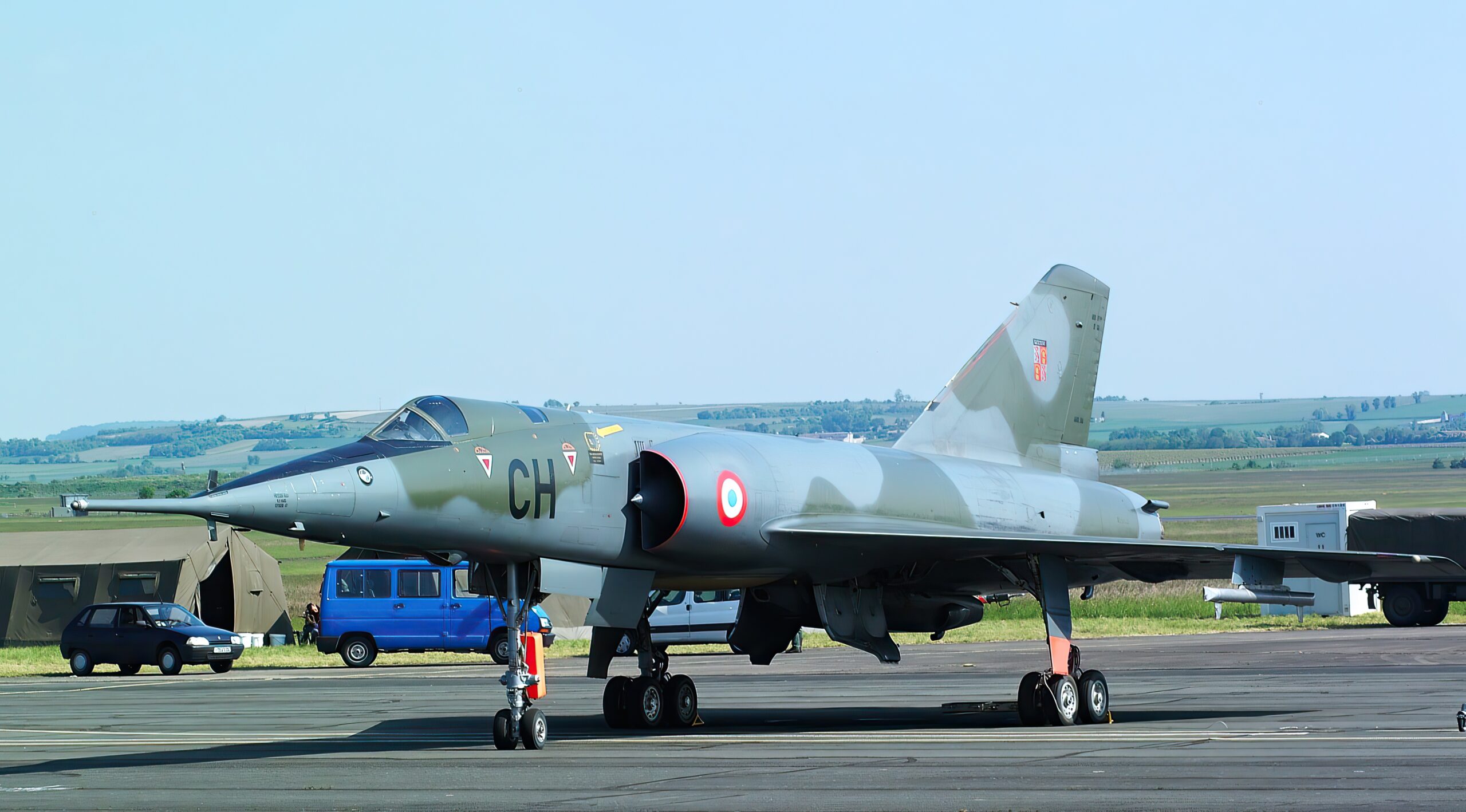
A Lasting Legacy
Although the Mirage IV has been retired, its impact on aviation history is undeniable. It was a shining example of French engineering and a symbol of national pride. Today, the aircraft can be found on display in various museums across France. These displays serve as a testament to the aircraft’s enduring influence on aviation design and engineering. With its supersonic capabilities, the Dassault Mirage IV was a marvel of its time. The aircraft not only served as a strategic deterrent but also demonstrated France’s commitment to advanced aviation technology.
